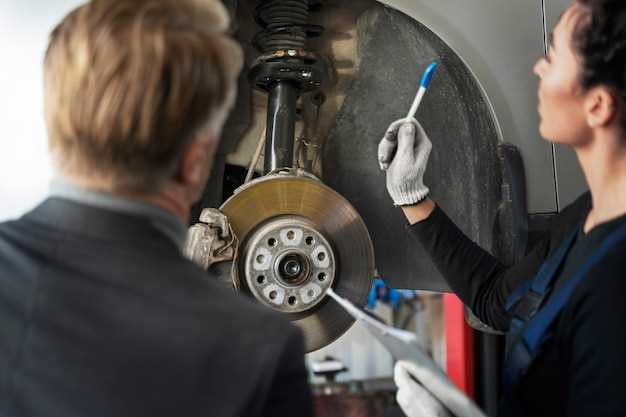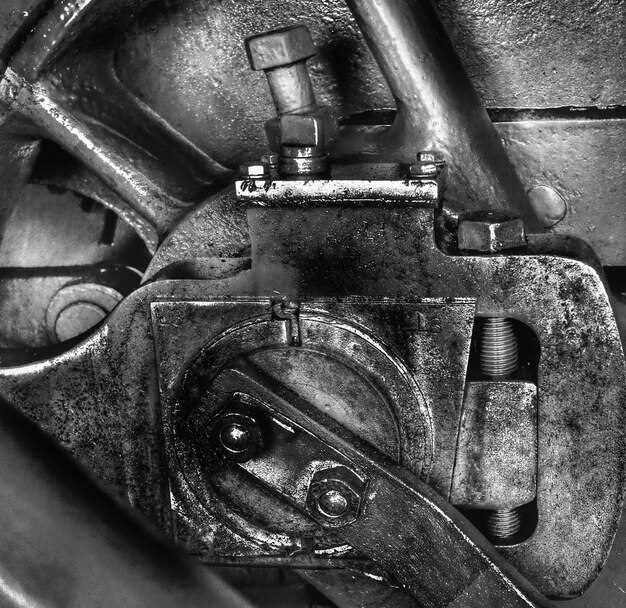

When it comes to classic cars, the decision between restoration and replacement of parts can be a challenging one. Each approach has its own merits and can significantly impact the value and performance of the vehicle. Enthusiasts often find themselves weighing the sentimental value of original components against the practicality and availability of replacements.
Restoration involves carefully preserving and reviving the original parts of a classic vehicle. This process not only maintains the car’s authenticity but also showcases the craftsmanship of its era. However, it can be time-consuming and sometimes costly, as sourcing the right materials and expertise is crucial for achieving a quality result. On the other hand, replacement offers a quicker and often more affordable solution, particularly when dealing with components that are no longer functional or readily available.
Ultimately, the decision between restoration and replacement hinges on various factors, including the car’s historical significance, personal attachment, and budget constraints. Understanding the nuances of both methods empowers car owners to make informed choices that align with their goals for preserving automotive history while ensuring reliable performance on the road.
Assessing the Condition of Classic Parts for Restoration

When embarking on a restoration project for classic vehicles, the first critical step is assessing the condition of the original parts. This evaluation directly influences the decision to restore or replace components. Each part must be inspected meticulously to determine its viability for restoration.
Visual Inspection is essential; start by examining parts for rust, corrosion, or physical damage. Look for cracks in metal components, warping in body panels, or deterioration in rubber seals. A thorough visual check can often provide a clear indication of whether a part can be salvaged or if it’s beyond repair.
Next, assess Structural Integrity. This involves probing deeper into critical components such as frames, suspension parts, and engine elements. Use tools like gauges and calipers to measure deformities or wear. If any structural part is compromised, it may significantly impact safety and performance, leading to the decision of full replacement.
Functionality Tests are also vital. For parts like the engine, transmission, or electrical systems, perform tests to determine whether they still work efficiently. Any functional deficiencies must be carefully weighed against the cost and feasibility of restoration versus replacement.
Finally, consider Originality and Authenticity. If maintaining the classic character of the vehicle is a priority, original parts–even those in poor condition–may be worth restoring. However, if the goal is enhanced performance or reduced maintenance, replacing with modern components may be advisable.
In conclusion, assessing the condition of classic parts involves a detailed evaluation of visual condition, structural integrity, functionality, and authenticity. These factors will guide the crucial decision-making process between restoration and replacement, ultimately shaping the success and authenticity of the classic vehicle project.
Cost Analysis: Restoration vs. Replacement Options
When it comes to classic parts in vehicles, the decision between restoration and replacement often hinges on cost. Restoration can involve meticulous labor and specialized techniques that may initially appear more expensive, but it can also ensure the preservation of the vehicle’s authenticity and potentially increase its value over time.
On the other hand, replacement usually offers a straightforward pricing structure. New or aftermarket parts can be less costly and easier to obtain, reducing labor costs associated with retrofitting old components. However, replacement parts might not always meet the original specifications, which can affect the overall performance and aesthetic of the vehicle.
Evaluating costs should include both immediate financial outlay and long-term benefits. Restoration often requires a higher upfront investment due to labor-intensive processes. Conversely, replacement may save money in the short term, but lower quality or non-authentic parts could lead to diminished resale value.
Additional factors include availability and the condition of the existing parts. In cases where original components are rare or difficult to find, restoration might be more feasible, albeit at a higher cost. Conducting a thorough cost-benefit analysis is essential to make an informed decision between restoration and replacement options in the context of classic vehicle maintenance.
Finding Authentic Sources for Replacement Parts

When it comes to the restoration of classic vehicles, sourcing authentic replacement parts is crucial for maintaining historical accuracy and quality. The integrity of a restoration project often hinges on the parts used, making it essential to find reliable suppliers who specialize in authentic components.
One of the best approaches is to connect with specialty shops dedicated to vintage automobiles. These businesses often have extensive inventories of original parts or can guide you to reputable manufacturers that reproduce components in line with original specifications. Look for shops that have established reputations within the classic car community.
Online marketplaces can also be valuable resources for finding replacement parts. Websites such as eBay or niche forums dedicated to classic vehicles frequently feature listings for hard-to-find components. However, ensure that the seller provides clear documentation or provenance stating that the parts are legitimate and appropriate for your specific model.
Networking with other classic car enthusiasts can yield leads on authentic parts as well. Joining clubs or attending swap meets allows you to share insights and experiences regarding sourcing parts. Fellow restorers can often share sources that produce high-quality reproductions or even sell excess inventory.
Finally, consider reaching out to manufacturers who specialize in reproduction parts. Many of these companies invest significant effort into ensuring their products meet the standards of original equipment. Research customer reviews and warranty policies to ensure you are getting parts that will last.
By prioritizing reputable sources and leveraging community knowledge, you can significantly enhance the quality of your restoration project with authentic replacement parts.






